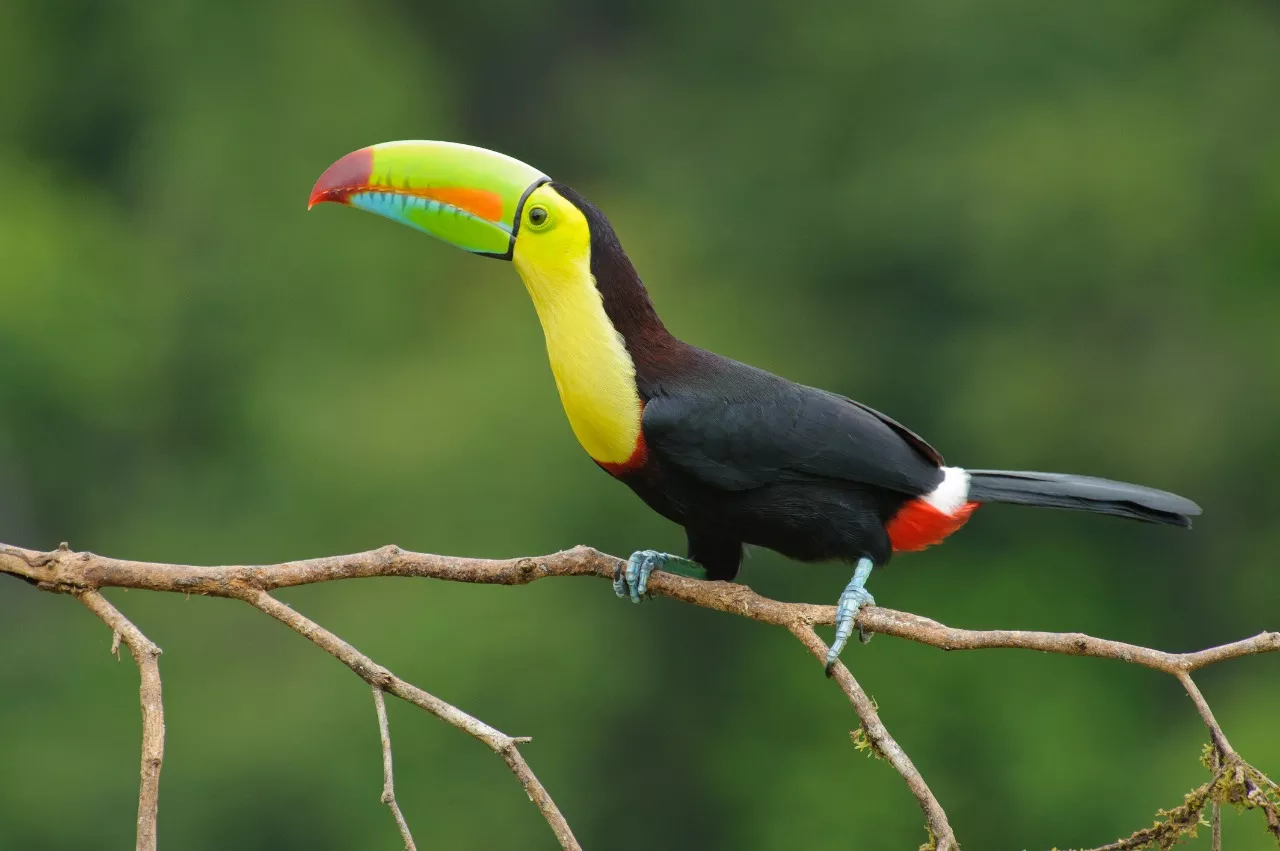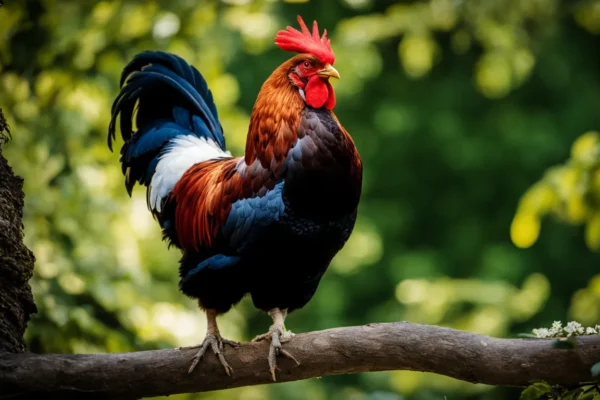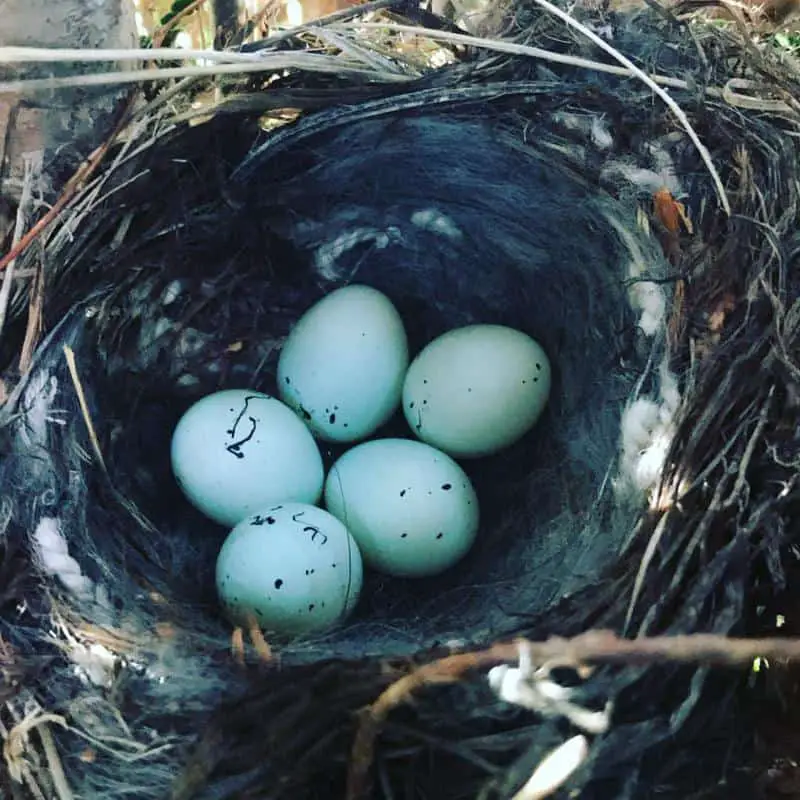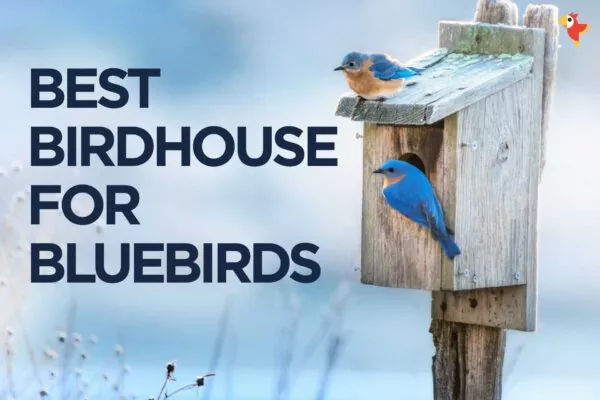If you are going on a birdwatching trip or in general want to know more about birds with big mouths, you are at the right place. We have compiled a list of birds that have surprisingly big mouths. Some of them are even scary like Shoebill or Frog mouth. So, continue reading the blog to know more about these birds.
List of birds with big mouths
1. Shoebill

- Scientific name: Balaeniceps rex
- Lifespan: almost 36 years
- Size: 3.5 – 5 feet
- Native to: endemic to Africa
At the top of our list is the shoebill which seems to be a bird that resembles a dinosaur and seems to have been plucked from the primordial era. Shoebills are native to East Africa. Additionally, they are known as “whalehead storks,” “whale-headed storks,” or “shoe-billed storks.” These birds have enormous bills that resemble shoes, as suggested by their multiple names.
This species was classified in the order Ciconiiformes, which also includes storks, because of its stork-like appearance.
You may be relieved to learn that these birds are very good with people despite their frightening looks. They have a tendency to stare at humans who approach too closely, but they haven’t been reported to be violent.
You may expect to hear one of these birds making a machine gun-like noise with its beak if you ever came across one.
2. Pelican

- Scientific name: Pelecanus
- Lifespan: 15 – 25 years
- Size: 48 inches
- Native to: all continents except Antarctica
The Pelecanidae family of water birds includes this huge bird. The wings, tail, and breasts of pelicans are mostly white, although they also have some black feathers on them. Additionally, they have long bills with enormous neck pouches that enable them to grab fish without losing any water, allowing the birds to save what they catch for later!
These birds have incredibly flexible necks that they use to scoop up birds from shallow seas along beaches where other birds can’t go since they can’t take flight again once they land. They also have long, slender legs that let them walk over deep waters in search of food.
3. Toco toucan

- Scientific name: Ramphastos toco
- Lifespan: 12 to 20 years
- Size: 21 to 26 inches
- Native to: South America
The most well-known members of the toucan family are toco toucans. This species is known as the huge toucan, has a wingspan of up to 40 inches, and measures 21 to 26 inches from top to bottom. Males are somewhat bigger than females as adults. Toco toucans have predominantly black plumage with a white neck and rump. Each bird has a 7.5-inch orange beak that is huge.
South American regions are home to the toco toucan. These birds mainly inhabit rainforests and consume fruit, mostly figs, and oranges, however, they also sometimes eat eggs and insects.
Their numbers have been dropping recently as a result of deforestation and poaching, despite the fact that they are not thought to be endangered. Toco toucans are popular pets because of their vibrant plumage, but they may be loud and need a lot of attention.
They like to forage alone but may be seen in flocks. these birds are very loud and often make Snoring and grunting noises.
4. Spoonbill Roseate

- Scientific name: Platalea ajaja
- Lifespan: 10 years
- Size: 24 inches
- Native to: southern Florida, coastal Texas and southwestern Louisiana
Another entry in our list of birds with big mouths is Spoonbill Roseate. With its pink bodies, long, curved beaks, and black wingtips, the roseate spoonbill is an easily identifiable bird. These birds may be found in Florida and other states in the Southern United States!
Roseate spoonbills mostly consume tiny fish, often menhaden or mullet species, although they can consume insects and shrimp-like crustaceans. Birds have sometimes been seen scavenging for food on land after other animals have already taken it!
Roseate spoonbills forage by staying motionless on lily pads, wading through shallow water, or diving into the water to collect items that birds may swallow whole. Because birds have a greater capacity to develop beaks in warmer climates, beak size varies depending on location.
5. Rhinoceros Hornbill

- Scientific name: Buceros rhinoceros
- Lifespan: up to 35 years.
- Size: 35 inches
- Native to: Borneo, Sumatra, Java, the Malay Peninsula, Singapore, and southern Thailand
Hornbills of the rhinoceros species Buceros rhinoceros are rather difficult to overlook. The rhinoceros hornbill is a huge bird that may grow to a length of 35 inches and weigh up to 6 lbs.
Rhinoceros hornbills have distinctive plumage and are among the biggest hornbills in the world. Adults have broad, upward-curving orange casques on their heads. This distinguishing quality is used to frighten off competitors and draw in mates. The bill is thick and lengthy. Their tails are black and white, and their bodies are black with a white rump.
Rhinoceros hornbills are monogamous birds, and both males and females actively participate in raising their young. The male delivers food to the female and the chicks after the female lays two eggs in a tree hole.
6. Marabou Stork

- Scientific name: Leptoptilos crumenifer
- Lifespan: 25 years in wild
- Size: 48 inches
- Native to: tropical Africa
This is not a stork you want to mess with; its wingspan can reach nine and a half feet. They are huge wading birds that are indigenous to Africa, notably in the region close to the Sahara.
These birds are often seen in close proximity to landfills, waiting to grab leftovers and garbage. However, they are also known to consume waste and even corpses if they can locate them.
As a result, it is never advised to consume the flesh of these birds since they pose a health risk.
These birds have enormous sword-like bills that are very strong and are not something you want to get into contact with. Many people consider the Marabou Stork, sometimes known as the Undertaker Bird because of its bad temperament, to be an abomination in Africa.
7. Sword-billed Hummingbird

- Scientific name: Ensifera ensifera
- Lifespan: 3 to 5 years
- Size: 5 inches
- Native to: western Venezuela through Colombia, Ecuador, and Peru to Bolivia
In terms of beak size in proportion to body size, the Sword-Billed Hummingbird (Ensifera ensifera) holds the world record.
Despite being rather little, these birds have bills that are longer than their bodies! Did you know that these birds’ large beaks force them to brush themselves with their feet?
This bird’s ability to get nectar that other birds are unable to is fantastic. So they don’t have to fight for their food even though they must perch with their head inclined up to even be able to balance.
8. Keel-Billed Toucan

- Scientific name: Ramphastos sulfuratus
- Lifespan: about 15-20 years
- Size: 19-20 inches
- Native to: tropical jungles from southern Mexico to Colombia.
The bizarre-looking beaks of Keel-Billed Toucan birds may become nearly as long as their bodies! These birds’ keen senses of smell enable them to locate food hidden amid the foliage and branches deep inside the jungle. In addition to eating insects, fruit, nuts, and sometimes even reptiles like lizards and bird eggs, Keel-Billed Toucans are omnivores.
While Keel-Billed Toucans may fly, they often stroll about in search of food, giving them the appearance of being birds with long beaks. Birds can hold onto trees more easily without turning their ankles by using their strong claws and a highly unique mechanism in their feet. As birds hunt for food, this enables Keel-Billed toucans to wander from branch to branch or even hang upside down from the canopy.
9. Wood ibis

- Scientific name: Threskiornithinae
- Lifespan: n/a
- Size: 40 inches
- Native to: Okavango Delta in northern Botswana, Africa
The Wood ibis is a long-beaked bird with an approximate 70 cm total length. Additionally, it has a tiny crest on its head and black feathers.
The wood ibis is also known as the Paddy Bird. This bird’s name is derived from an Irish proverb that means “clumsy guy” in the area.
These birds perform complex courting displays during mating season, including circling each other, bowing and raising their crests, stretching their necks, and calling loudly before landing close to each other to groom each other’s head and neck regions.
Since they spend much of their time in wetlands or along rivers, wood ibises have easy access to a lot of fish. They rip apart enormous fish that birds can consume with their strong, powerful beaks. Additionally, these birds have eyes that face forward, which makes it easier for them to hunt for food while traveling through the water.
Long-beaked birds have long, thin beaks that are ideal for capturing fish and drinking fresh water. They can catch tiny prey like frogs, snails, and insects with the help of their long beaks.
10. Jabiru

- Scientific name: Jabiru mycteria
- Lifespan: 30 years
- Size: 5 feet
- Native to: Mexico to Argentina, except west of the Andes.
The Jabiru is another bird in our list of birds with big mouths and is approximately 3-foot length overall. Of all the stork species, it possesses the biggest beak! Because birds are often found in swamps across South America and Mexico, these birds’ names come from the Native American term for “swamp.”
Since these birds utilize their large beaks to hunt fish like catfish, jabirus spend the mating season close to shallow waterways. They are omnivores that hunt for food sometimes on land and occasionally in freshwaters, including tadpoles, insects, and amphibians.
Although jabirus cannot fly, they will utilize their enormous wings to assist birds in taking flight. Birds may also use jabirus to leap short distances, thus they are not entirely restricted to the ground.
11. Kingfisher

- Scientific name: Alcedinidae
- Lifespan: 15 years
- Size: 6 inches
- Native to: tropical regions of Africa, Asia, and Oceania but also can be seen in Europe
The Kingfisher lives close to lakes, ponds, and rivers. They can grab slippery things with the assistance of their keen talons and large beaks, which they use to search for food like small fish and insects.
In order to assist them to blend into the sky while diving for food, these stunning birds have vivid yellow markings on their tail and wings in addition to their main color of blue. Its large beak may sometimes reach lengths of about three inches. When diving into the water to feed, this bird uses its wings to gain more velocity and speed. It then feeds on fish or crayfish that are lurking under the surface.
As raptors (birds that consume meat), kingfishers mostly eat crustaceans, mollusks, frogs, and small birds.
In order to keep their young secure from predators like raptors and even bigger aquatic creatures like crocodiles, kingfishers also use their strong beaks to dig out nests in banks beside the water. These raptors will protect the nest until the eggs hatch before leaving once again in search of food.
Pinecracker
12. Frigate birds with big mouths

- Scientific name: Fregatidae
- Lifespan: 25-34 years
- Size: 36 inches
- Native to: tropical Atlantic
This raptor is a seabird that inhabits tropical waters all around the globe. These birds are exceptional long-distance fliers because to their long, thin wings, which enable them to soar for days on end without resting! Since they can even sleep while flying, they simply need to land sometimes to give their wings a rest before taking flight once again.
By pursuing prey until they drop what they are carrying and then snatching up the leftovers after the hungry prey has given up, frigate birds steal food from other birds. This food-stealing strategy may sometimes backfire on the frigate birds since bigger birds like pelicans will catch them in their enormous beaks and consume them as appetizers.
13. Frogmouth

- Scientific name: Podargidae
- Lifespan: up to 14 years
- Size: 10 to 22 inches
- Native to: native to Australia
The nocturnal frogmouth bird group is linked to nightjars and potoos.
tawny frogmouth has the widest mount of all the frogmouth species (Podargus stigoides).
Because they are nocturnal, the predominant colors of these birds are brown, grey, and black. They are mostly indigenous to Australia and the Indo-Malay region.
Final Thoughts
This concludes our list of birds with big mouths. We hope that this Blog enabled you to learn more about birds with big mouths and may prove to be invaluable in your next bird-watching trip. If you like this post, we suggest that you should also read birds that lay blue eggs



![6 Letter Birds Starting With T [Images and IDs]](https://birdsology.com/wp-content/uploads/2024/01/14592.webp-600x400.webp)

